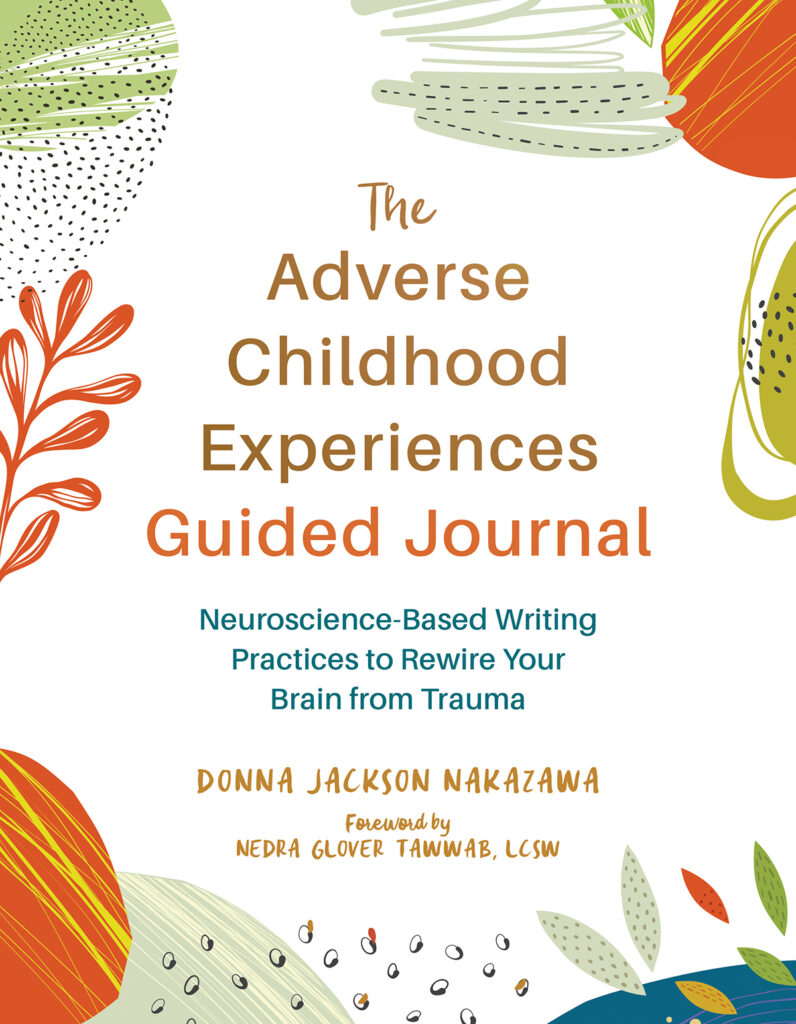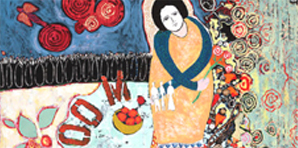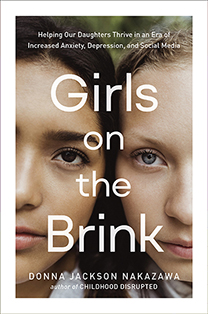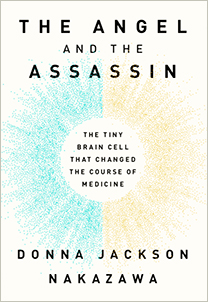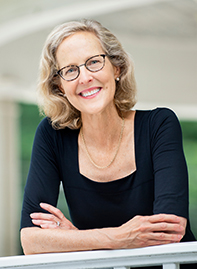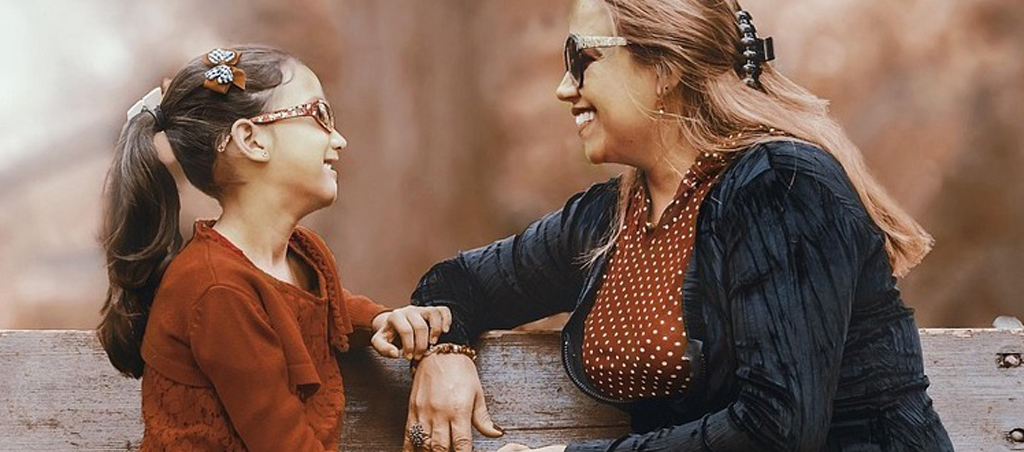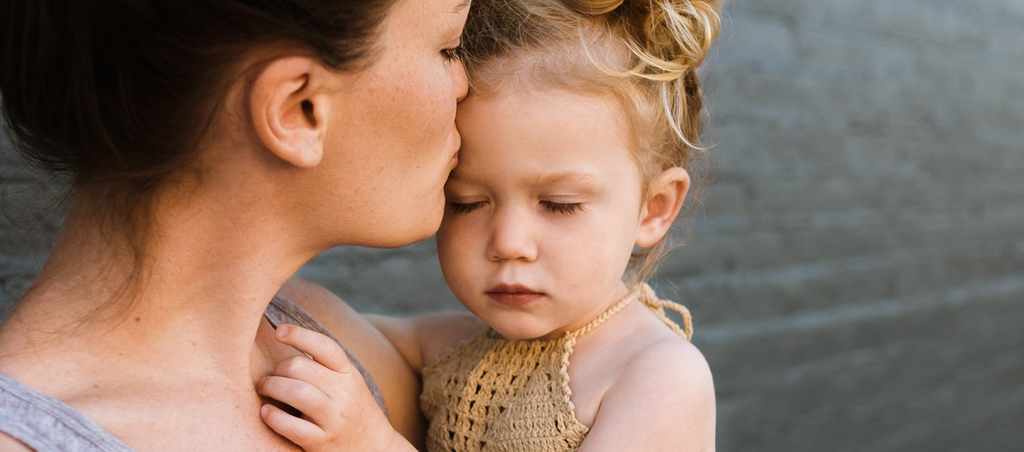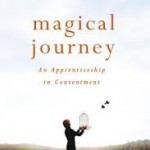
A few days ago, Katrina Kenison’s new book, Magical Journey: An Apprenticeship in Contentment, hit stores. (She’s also the author of another magical book, The Gift of an Ordinary Day.) I just picked up my copy and can’t wait to delve in, especially after reading the excerpt she’s posted on her website. Kenison speaks from an honest and open heart on a topic that so many women in mid-life are facing or will face. The moment we transition from a life of mothering at full speed to something too quiet indeed: when our kids leave home.
Kenison beautifully captures the small moments when the realization hits that this is it:
“The sight of Jack’s old school bus laboring up the hill gives me a pang of missing him; he won’t be getting off by the mailbox as he used to do…. Attending a concert at Henry’s old high school, I realize that this is the last year I’ll know a single student there… Turning on lamps in the living room as dusk falls, I find myself pausing, staring out the window, wondering if I will ever again experience the passionate aliveness I felt as the center of the universe for two little boys. Wiping the kitchen counter, putting the last dish away, I’m overcome with melancholy, wishing the phone would ring or, better, that the back door would fly open and the sound of teenage voices erase the quiet. …Instead, the emptiness surrounds me. I am a mother without a child. An aging woman whose arms still feel the weight of small bodies held close, whose hands recall the outlived tasks of motherhood: brushing tears from a cheek, bandaging a pinkie finger, buttering toast, testing a bath, smoothing a cowlick into place.”
Perhaps this quote sums it up best for me. Kenison writes, “I bestowed countless hasty good- bye kisses, my attention already elsewhere as I brushed lips to cheeks— only to wake up one morning and realize that all those little good- byes had led, inevitably, to big ones.”
My own children have not yet grown and left home, though my son will leave for college in only seven more blink-and-he’s-gone months. I feel his big good-bye already; the heavy knowledge that our years as a family of four, of laughter over bad jokes at dinner, of our family’s elbows and legs tucking into a loose, interlocking puzzle of limbs as we pile on the couch to watch a quirky show on Netflix, and so many moments more, are coming to an end. Which is perhaps why Kenison’s words got me thinking so deeply about one of the most important reasons — if not the most important — I set out to research and write The Last Best Cure. I may still be in the frenzy of busy-mother-love, but I am keenly aware in every single minute that time is ticking by. (I’ll be watching my son’s face, following his micro expressions as he puzzles through a big realization about life. As I am thinking how much I will miss his sharing the thoughtstream of his mind in real time, I’ll say the shorthand expression I now say whenever I feel the weight of his leaving: “TDF.” That’s my acronym for “Too D__ Fast.” The years have gone by too darn fast.)
And that is Countdown Reason #38 why I wrote The Last Best Cure. Since my son was six-years-old and my daughter two, they’ve had to accustom themselves to the reality that I might have to leave to be in the hospital for a week or two, or head off to see a specialist, or be on bed rest for a few days, doctor’s orders. When they were small life was a little different for them. I well recall their pushing my wheel chair at the theater when they were six and ten and we went to see the musical The Lion King. They were so proud to be “helping Mommy.” But what went through my mind was this: this is not the childhood I want for them. On the surface, I made light of long afternoons spent with them in my bedroom, their homework and board games spread across my covers. I’d joke, “Hey, we’re lucky! How many moms get to spend this much time playing board games with their kids?” Uno and The Game of Life sat on a footstool at the end of my bed, and my son still recalls reading and rereading The Lord of the Rings to me — and me to him.
I would tell myself, when they were younger, I’ll be better soon, and they’ll have a “normal” childhood. But year after year I seemed to rack up more diagnoses, as people with autoimmune conditions so often do. “Normal” never came.
In The Game of REAL Life, I was losing something profoundly precious: the chance to spend those all too fleeting years as a family being the mom I had always imagined I would be. It wasn’t that I was always in health crisis mode. I wasn’t. I learned how to walk and drive again (and again) and life seemed normal from the outside. And I was grateful. But even so, at best I was tired, so tired I’d often have to lie down on the carpet and let my legs rest. My kids were accustomed to addressing Mom on the floor. I tried to cover it up as I cooked dinner or braided hair or helped with homework, but I was always in symptom-self-management mode. And some part of me, no matter how hard I tried to ignore it, was always secretly afraid of when the next medical shoe would drop. As Kenison puts it, my attention was so often “already elsewhere.”
Like so many women battling chronic conditions — like Gail whom I wrote about yesterday — I had lost my interior sense of joy. And if there is one gift you should be able to give your children, it’s joy. The joy of being a family. The joy they feel of getting to be who they are when they are with you — rather than afraid if you are okay. The joy of childhood. I was afraid my illness had robbed my children of the joy of childhod. Of their own magical journey.
My children. That’s Countdown Reason # 38 — in the countdown to pubdate — why I wrote The Last Best Cure. It’s also reason Number 1, truth be told, but more on that to come. For now, I wanted to say this: Katrina Kenison’s moving memoir has helped me to elucidate what I’ve been feeling for a very long time, and perhaps more so ever since my son got his acceptance letter to college. A deep sense of anticipatory nostalgia; a sense of wanting to make these last magical years (or, for my son, mere months) the best possible time for and with my kids. For them to be able to look back at their childhood and think of the fun we had, not the fear they felt over what might happen to mom. The Last Best Cure, which I so hope you’ll read (and tell me what you think!) when it hits stores on February 21st, has been, for me, a family cure, too.
